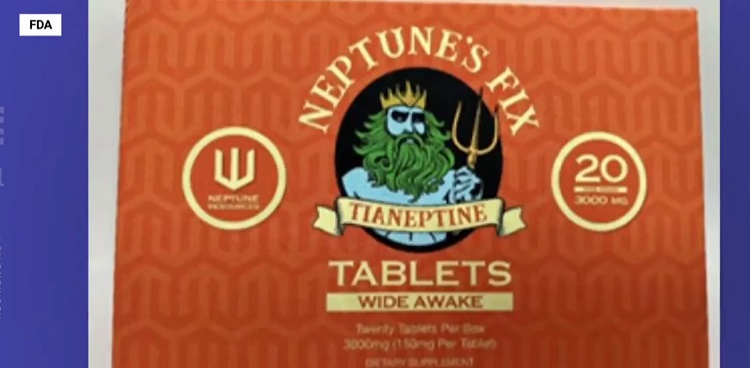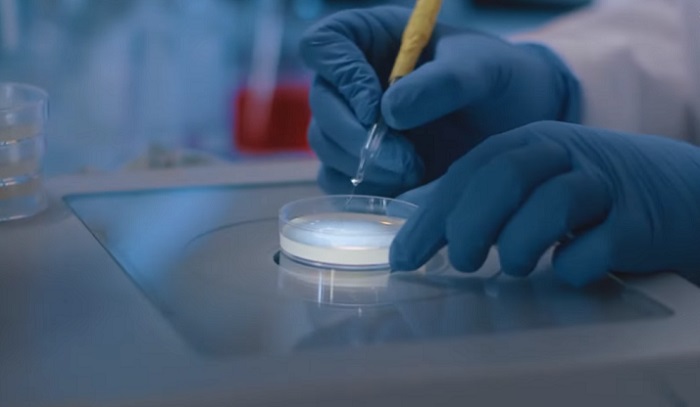Stanford University researchers reported on Thursday that the key lies in how the body manages the additional X chromosome found in females. This groundbreaking discovery has the potential to revolutionize disease detection and treatment for a wide range of challenging conditions.
“This transforms the way we think about this whole process of autoimmunity, especially the male-female bias,” said University of Pennsylvania immunologist E. John Wherry, who wasn’t involved in the study.
According to estimates, over 24 million Americans, and possibly up to 50 million, are affected by autoimmune disorders. These conditions include lupus, rheumatoid arthritis, multiple sclerosis, and many others. Interestingly, approximately 4 out of every 5 patients are women—an enigma that has puzzled scientists for decades.
One hypothesis suggests that the X chromosome could be a contributing factor. This is because females possess two X chromosomes, while males have one X and one Y chromosome.
The recent study, featured in the renowned journal Cell, reveals a surprising involvement of an additional X. This unexpected discovery sheds new light on the subject matter.
Within every cell, our DNA is housed in 23 pairs of chromosomes, including the pivotal final pair that determines our biological sex. Interestingly, the X chromosome boasts an abundance of genes, far surpassing the relatively diminutive Y chromosome found in males.
It is noteworthy to mention that in each female cell, one of the X chromosome copies is intentionally silenced, thereby preventing the potential hazards of an overwhelming surplus of these genes.
X-chromosome inactivation, also known as the process of silencing one of the two X chromosomes in females, involves a unique RNA called Xist (pronounced like “exist”). Xist RNA positions itself on specific regions of the extra X chromosome, attracting proteins that form peculiar clumps and effectively silence the chromosome.
This intricate mechanism ensures proper gene regulation and cellular function.
Stanford Researchers Uncover Link Between Xist and Autoimmune Disorders
While investigating the mechanisms of Xist, Stanford dermatologist Dr. Howard Chang and his team made a significant discovery. They identified approximately 100 proteins that were tightly associated with Xist. Interestingly, Chang recognized that many of these proteins were linked to autoimmune disorders that affect the skin.
In such cases, patients may produce “autoantibodies” that mistakenly target these otherwise healthy proteins. This finding sheds light on the intricate complexities of these disorders and opens up new avenues for research and understanding.
“That got us thinking: These are the known ones. What about the other proteins in Xist?” Chang said. Maybe this molecule, found only in women, “could somehow organize proteins in such a way as to activate the immune system.”
If it were true, Xist alone would not be capable of inducing autoimmune disease, as it would affect all women universally. Scientists have long believed that a combination of genetic susceptibility and an environmental trigger, such as an infection or injury, is necessary for the immune system to go haywire. For instance, the Epstein-Barr virus has been associated with multiple sclerosis.
Chang’s team made the decision to genetically engineer male lab mice to produce Xist artificially, without suppressing their sole X chromosome, in order to observe the resulting effects.
The researchers additionally bred mice with a heightened susceptibility to a lupus-like condition that can be activated by exposure to a chemical irritant.
The research team concluded that the mice, which generated Xist, exhibited the characteristic formation of protein clumps. Furthermore, these mice displayed lupus-like autoimmunity levels comparable to females when stimulated.
“We think that’s really important, for Xist RNA to leak out of the cell to where the immune system gets to see it. You still needed this environmental trigger to cause the whole thing to kick off,” explained Chang, who is paid by the Howard Hughes Medical Institute, which also supports The Associated Press’ Health and Science Department.
Beyond mice, researchers also examined blood samples from 100 patients — and uncovered autoantibodies targeting Xist-associated proteins that scientists hadn’t previously linked to autoimmune disorders. A potential reason, Chang suggests: standard tests for autoimmunity were made using male cells.
Lots more research is necessary but the findings “might give us a shorter path to diagnosing patients that look clinically and immunologically quite different,” said Penn’s Wherry.
“You may have autoantibodies to Protein A and another patient may have autoantibodies to Proteins C and D,” but knowing they’re all part of the larger Xist complex allows doctors to better hunt disease patterns, he added. “Now we have at least one big part of the puzzle of biological context.”
Stanford’s Chang wonders if it may even be possible to one day interrupt the process.
“How does that go from RNA to abnormal cells, this will be a next step of the investigation.”
The Associated Press Health and Science Department receives support from the Howard Hughes Medical Institute’s Science and Educational Media Group. The AP is solely responsible for all content.
Read more: SNAP Benefits Texas Recertification Schedule for February 2024



